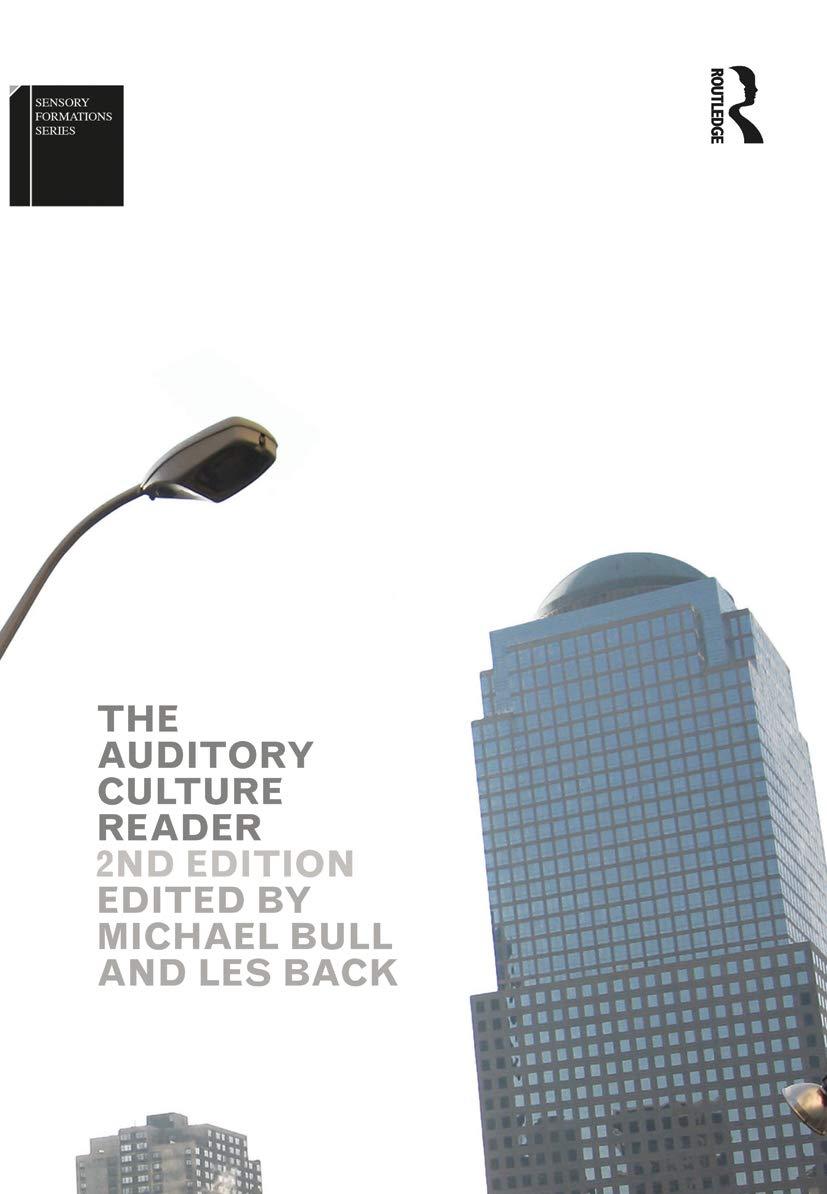

Recall the Bleemer and Mehta (2022) paper we discussed in Lecture Slides 5. The two main figures are reproduced below: students scoring just above the cutoff were much more likely to major in economics (Figure I) and had higher subsequent earnings (Figure II). In the following questions, you will recast this as an IV analysis. For simplicity, assume your sample contains students only with GPAs of either 2.76 and 2.74 (i.e. just above and just below the 1. (2 Points) Define the outcome Y, endogenous treatment D, and exogenous instrumental variable Z in this setting. 2. (6 Points) Mathematically state and verbally define the first-stage, independence, and exclusion assumptions in this setting. (Hint: when random variables A and B are independent, you write that AB.) 3. (4 Points) Let Xi be the household income of student i 's parents at the time that student i matriculated into college. Is there any way that Xi is useful for testing any of the IV assumptions? 4. (4 Points) Write down an instrumental variables estimator for the Local Average Treatment Effect (LATE). This should be an expression of conditional expectations using Yi,Di, and/or Zi. (Hint: You may find it helpful to consult Lecture Note 11.) Describe each term in the expression (as they relate to our majoring setting). 5. (4 Points) The LATE represents the treatment effect for a specific group called the 'compliers'. In words, compliers are the individuals who would not have taken up treatment except through exposure to the instrument. In math, these are people with potential treatment outcomes of Di(Zi=1)=1 but Di(Zi=0)=0. Who are these individuals in our empirical setting? Why might the LATE for this specific group not equal the overall ATT for students who major in economics? 6. (6 Points) Recitation \#2 notes discuss the Stable Unit Treatment Value Assumption (SUTVA). This requires that the potential outcome of unit i do not depend on the assignment of the instrument or treatment to other units. This also applies in the context of IV. In math, this means that the potential outcomes Yi(Di,Zi) and Di(Zi) do not depend on Di or Zi. In words, what would be a violation of SUTVA for (i) the potential outcomes of Y and (ii) potential outcomes of D in this context? Recall the Bleemer and Mehta (2022) paper we discussed in Lecture Slides 5. The two main figures are reproduced below: students scoring just above the cutoff were much more likely to major in economics (Figure I) and had higher subsequent earnings (Figure II). In the following questions, you will recast this as an IV analysis. For simplicity, assume your sample contains students only with GPAs of either 2.76 and 2.74 (i.e. just above and just below the 1. (2 Points) Define the outcome Y, endogenous treatment D, and exogenous instrumental variable Z in this setting. 2. (6 Points) Mathematically state and verbally define the first-stage, independence, and exclusion assumptions in this setting. (Hint: when random variables A and B are independent, you write that AB.) 3. (4 Points) Let Xi be the household income of student i 's parents at the time that student i matriculated into college. Is there any way that Xi is useful for testing any of the IV assumptions? 4. (4 Points) Write down an instrumental variables estimator for the Local Average Treatment Effect (LATE). This should be an expression of conditional expectations using Yi,Di, and/or Zi. (Hint: You may find it helpful to consult Lecture Note 11.) Describe each term in the expression (as they relate to our majoring setting). 5. (4 Points) The LATE represents the treatment effect for a specific group called the 'compliers'. In words, compliers are the individuals who would not have taken up treatment except through exposure to the instrument. In math, these are people with potential treatment outcomes of Di(Zi=1)=1 but Di(Zi=0)=0. Who are these individuals in our empirical setting? Why might the LATE for this specific group not equal the overall ATT for students who major in economics? 6. (6 Points) Recitation \#2 notes discuss the Stable Unit Treatment Value Assumption (SUTVA). This requires that the potential outcome of unit i do not depend on the assignment of the instrument or treatment to other units. This also applies in the context of IV. In math, this means that the potential outcomes Yi(Di,Zi) and Di(Zi) do not depend on Di or Zi. In words, what would be a violation of SUTVA for (i) the potential outcomes of Y and (ii) potential outcomes of D in this context








